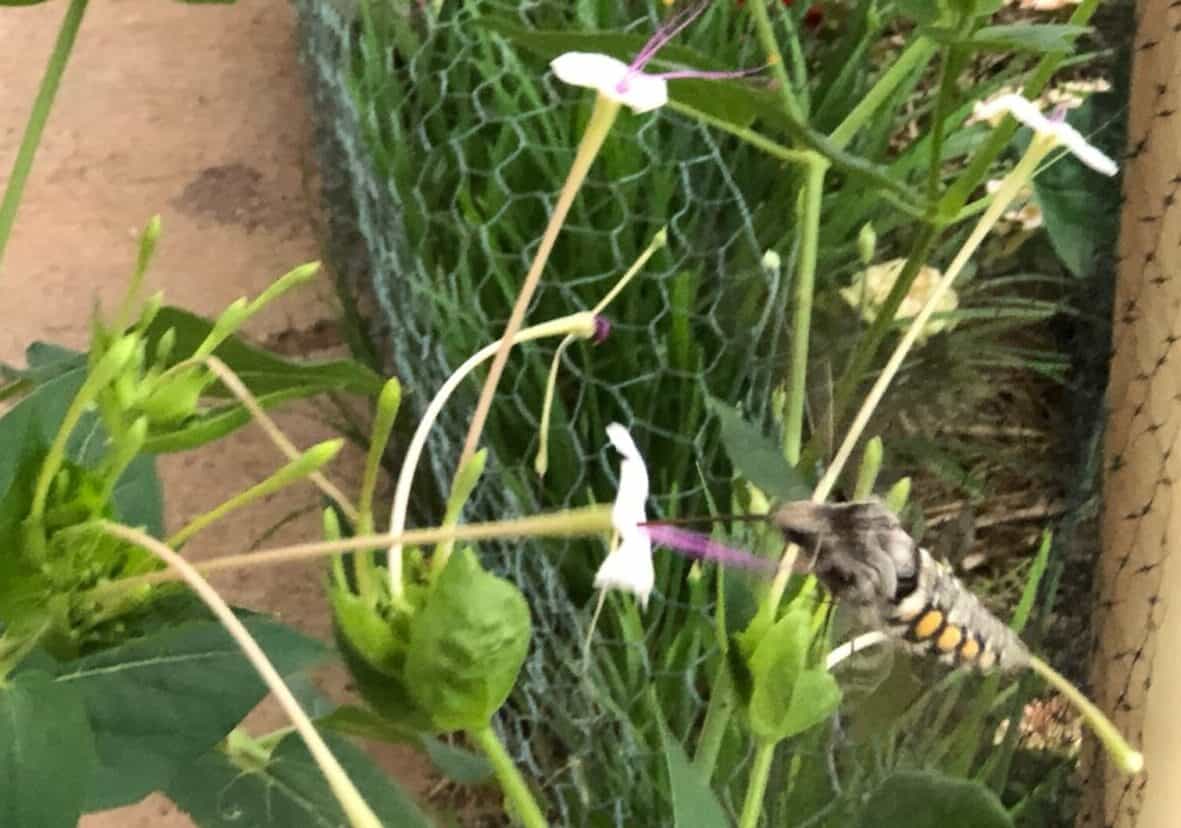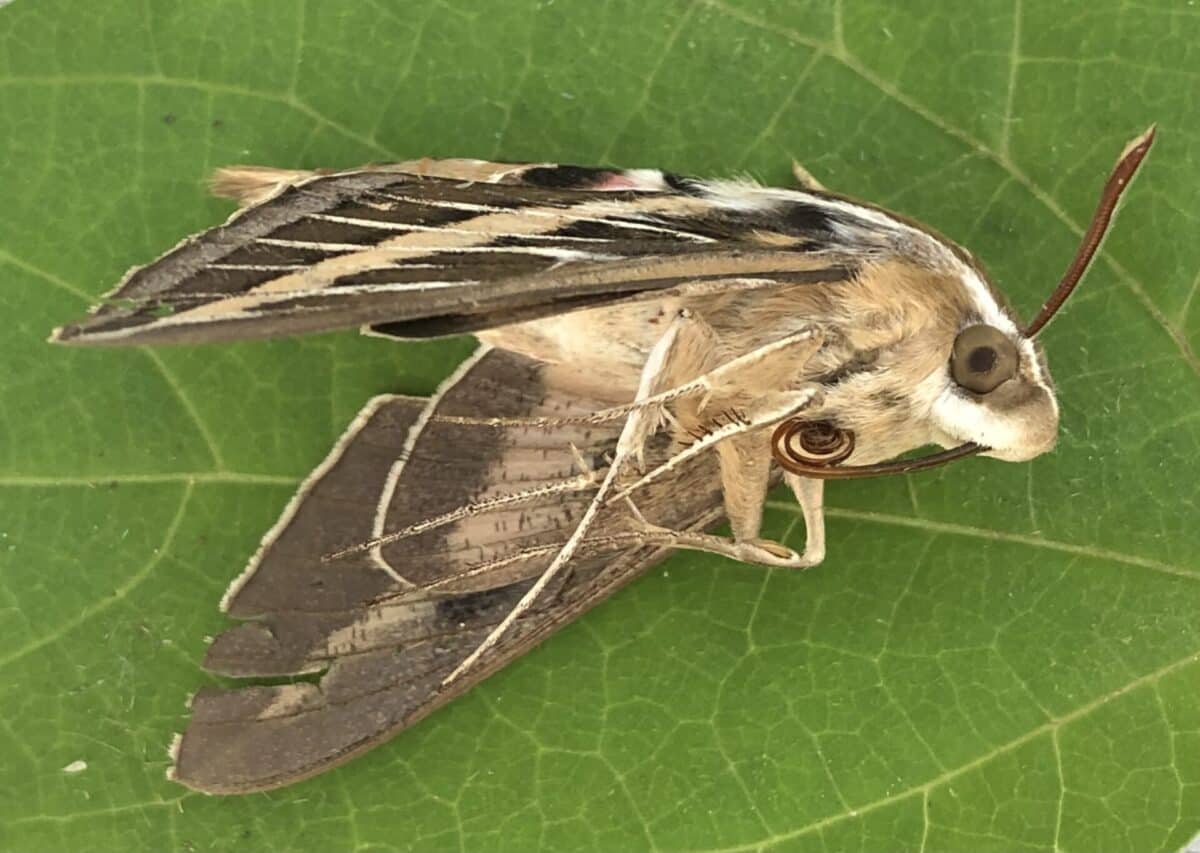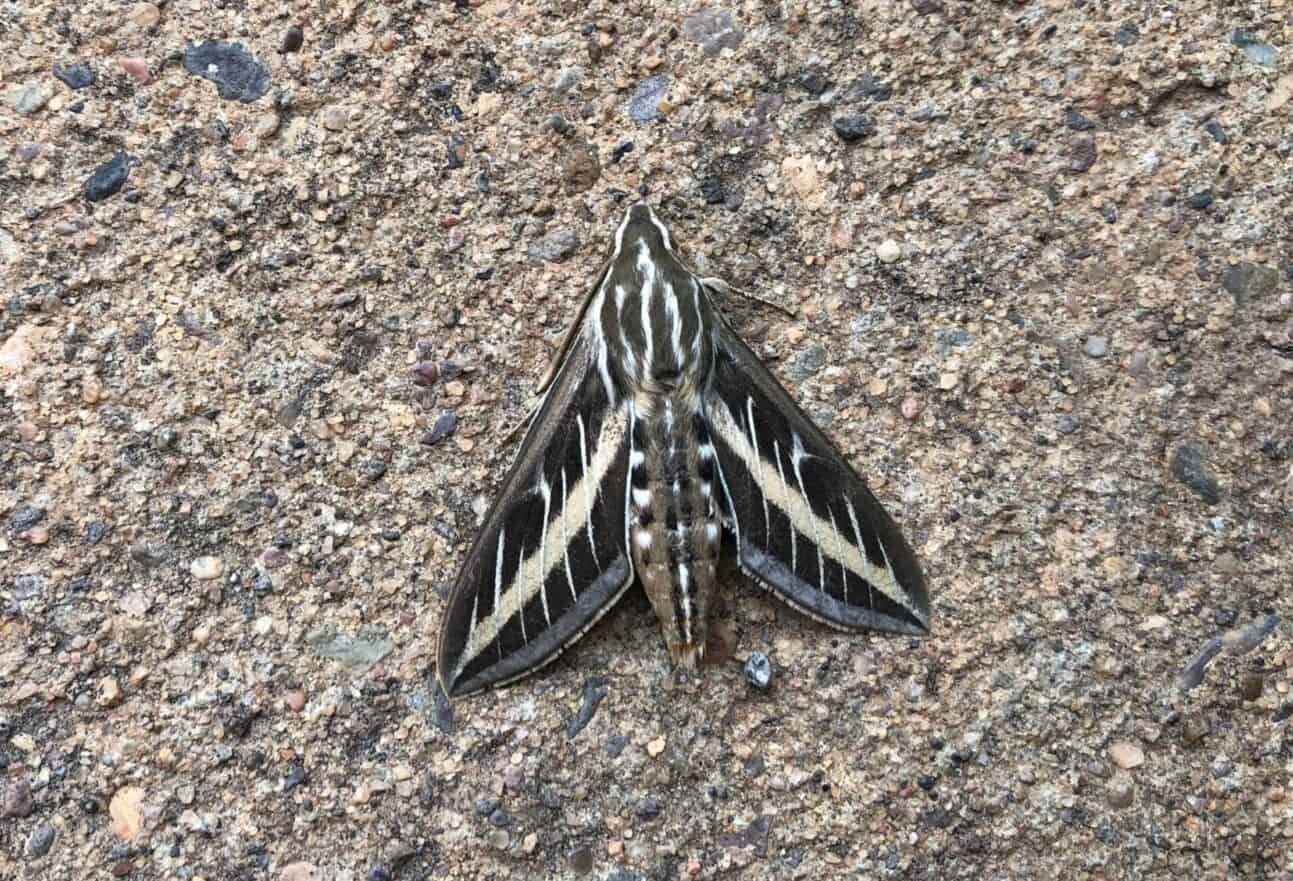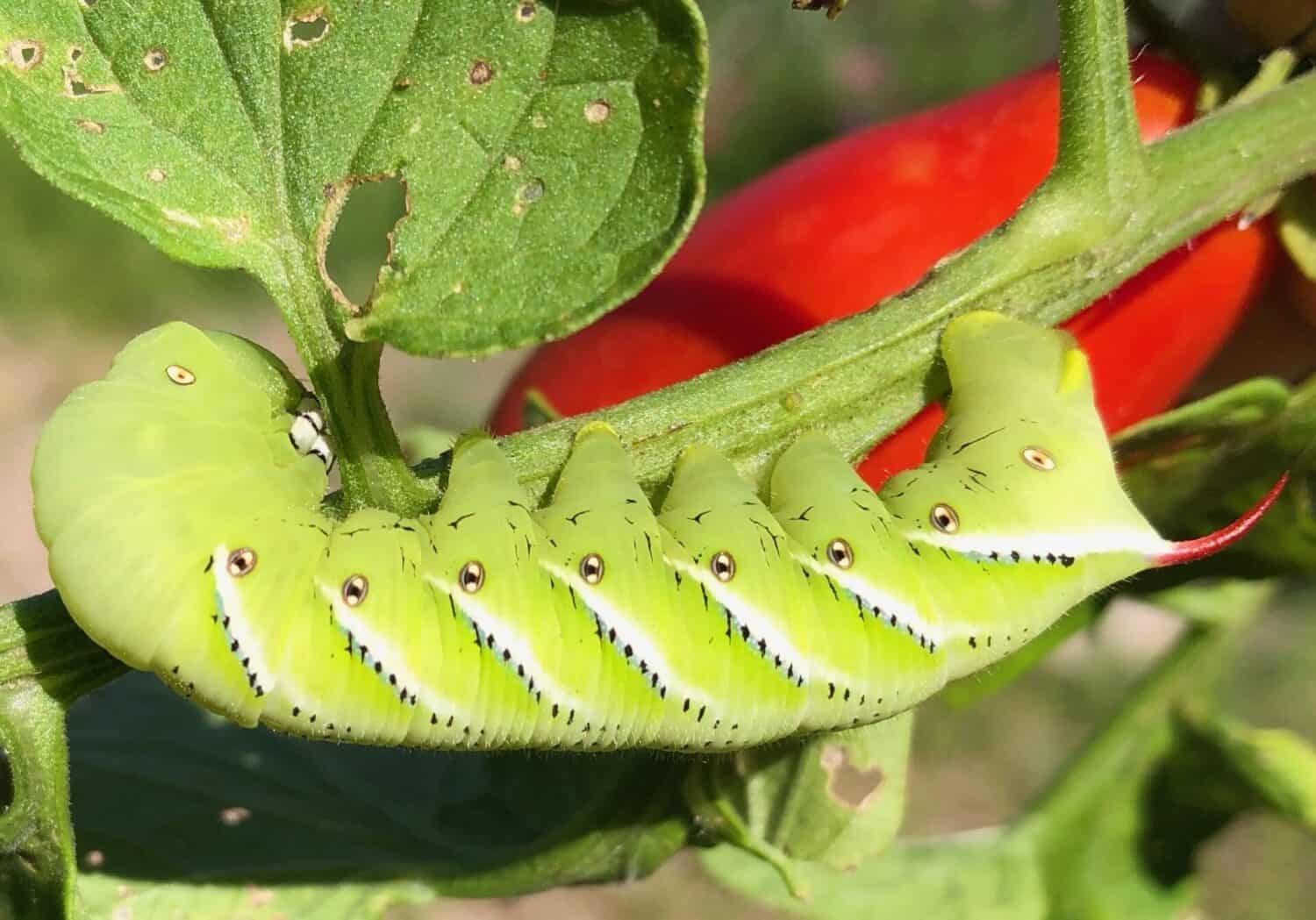Born and raised in Brussels, Belgium, I lived 20 years in the San Francisco Bay Area and have been living in Sierra County, NM for the last 20 years. I have been taking photographs for 40 years as a way of sharing my point of view. Beauty surrounds us, we just need to pay attention. I believe in the power of images as they say “One Picture is Worth a Thousand Words”. ”Local” is very important because we can engage in a more personnel way whether reading the news or buying food. That’s why I was sorry to see the Sierra County Sun go and want to support the Sierra County Citizen by being on the board of the Sierra County Public-Interest Journalism Project and posting local images.









There are a number of sphinx moths. The white-lined sphinx moth primarily feeds on native vegetation and is little threat to gardens. These moths are specifically adapted to pollinate long-tube four-o-clocks. They are a native insect and their benefit as pollinators far outweighs any damage they do. The tomato hornworm is also beneficial and should not be eradicated. This is the five-spotted hawkmoth and is also very beneficial as a pollinator and is a host organism for a beneficial predatory wasp.